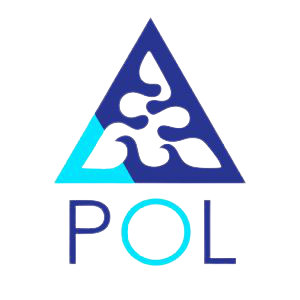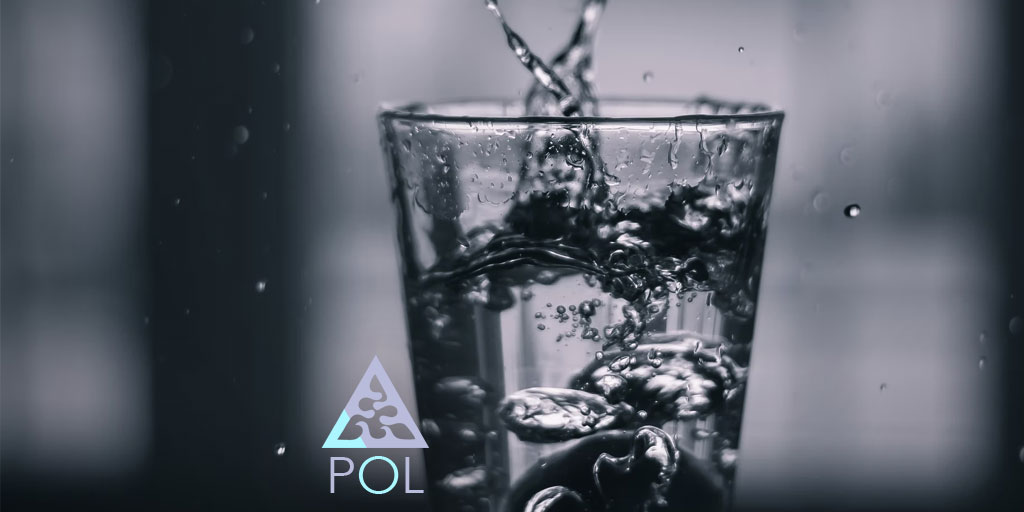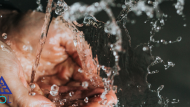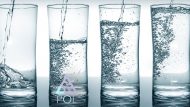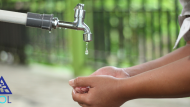Many people think of a filter when they think of home water treatment systems, but that is usually just one component of the many types of water purification systems. Many of the other most common water treatment systems also utilize forms of filtration to treat the water in your home, however, water filters are just the beginning of the most effective water treatment systems.
So what are the most common types of water treatment systems for a home?
7 Common Home Water Filtration and Treatment Systems
We are going to walk through the various kinds of water purification and filtration systems that are most common in homes today. We will start with the water treatment types that you are likely most familiar with and then slowly move through to the most unique or rare technologies used in water treatment. All of the systems we are going to detail for you will be discussed in more general terms so that this article does not get too lengthy or too technical. Once we have finished you should have a rounded understanding of the different types of water treatment machines that are available for your home and which might be best for you.
1. Carbon Filter Water Treatment
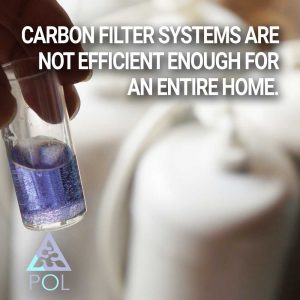 One of the most commonly known types of water treatment systems is a carbon filter system. This kind of system uses an activated carbon medium within a contained device to filter and/or remove unwanted tastes, odors, radon, and other contaminants from drinking water. The most common carbon filter products such as those produced by manufacturers such as PUR and Britta are most frequently either pitcher filter units or facet installed devices used on the kitchen tap.
One of the most commonly known types of water treatment systems is a carbon filter system. This kind of system uses an activated carbon medium within a contained device to filter and/or remove unwanted tastes, odors, radon, and other contaminants from drinking water. The most common carbon filter products such as those produced by manufacturers such as PUR and Britta are most frequently either pitcher filter units or facet installed devices used on the kitchen tap.
Though there are many whole-home carbon filtration brands and products on the market as well, most consumers do not invest in this type of system for their entire home, as it is not efficient enough for an entire home.
2. Home Water Softener
Many homes and municipal water supplies contain hard water. Hard water simply means that there is a high concentration of minerals within the water, which can create problems over time with in-home appliances. Additionally, hard water can make cleaning deposits difficult, as well as skin and scalp irritation when the water dries on sensitive skin.
Many homeowners with this problem choose a home water softening system, which usually relies on salt to remove the excess minerals from the water. One of the big problems with these softeners is that they discharge the salt from the softening process right into the sewer system, contaminating the water system and causing challenges to treatment plants. They are not very environmentally friendly and require constant supplementing of additional salt to keep them functioning.
3. Water Purifier
Different than a carbon filter system, a water purifier or purification system typically uses reverse osmosis (RO) plus Distillation to treat the water. The reverse osmosis is used instead of a filtering medium, like active carbon. The RO process forces water through a semi-permeable membrane to remove larger particles, while the distillation process boils the water and then captures the steam.
The challenge with water purification systems like this is that they strip the water of ALL minerals, including the healthy minerals that your body needs, such as calcium, magnesium, and potassium.
4. Water Restructuring System
Water in its natural state, very simply put, is water the way it is structured molecularly by nature through the natural processes of being in contact with the earth, running down streams, and passing through organic filters and vortexes. Restructured water, therefore, is using technology and other processes to take water that is not clean or in its natural pure state, and returning the life, integrity, and molecular structure to its original pure and clean state.
The challenge is that if technology changes the state of water in any way, it can be called restructured. THAT is the problem. So many different water treatment system manufacturers call their technology water restructuring or water structuring, but what are they doing to the water? There is no agreed-upon industry standard.
It is our belief that properly restructured water should use similar natural processes to purify and treat the molecular structure of the water in order to return it to its natural state. THAT is the difference between what and how we treat and restructure water.
5. Water Sterilizer
Water sterilization systems are typically deployed to address biological impurities and therefore do not require filters to function. In fact, using ultraviolet light to disinfect water can quickly target and stabilize these impurities leaving the water up to 99% free of germs and other impurities. Water sterilizing systems that use UV rays can work quite rapidly and do not alter the water PH levels and do not require additional chemicals or other substances to operate.
6. Water Oxygenation Systems
Water oxygenation systems are recently becoming more mainstream with athletes, while previously those experiencing various medical conditions have found benefits of oxygenated water treatment systems. Essentially, if you drink water that is saturated with oxygen, you will end up with more oxygen within your body and bloodstream, producing multiple benefits. Also, people with certain medical conditions such as cancer, have utilized oxygenator water treatment systems to combat diseases that do not proliferate well within high oxygen environments.
7. Water Memory Reprogramming System
Did you know that a single water molecule has 440,000 information panels contained within it? It’s true, in fact, anything that water comes into contact with during its travels is subsequently imprinted within these panels. These could be good things such as essential minerals, or they could be negative contaminants such as poisons or chemicals. Even things such as various energies and frequencies from humans and manmade sources have also been said to be imprinted into the waters’ memory.
To reprogram or reset these informational panels to their natural state, we do this through our technology which mimics nature. Spinning of the water through vortex’s, light wavelengths (essential minerals) and frequencies all collaborate to influence water in this process.
Choosing The Right Water Treatment System For Your Home
Choosing the right whole home water treatment system can be challenging, especially with the confusing technologies, terms, and significant variances in costs. The fact is that most machines on the market today only do one to three of the processes that we have outlined above. So when you think you just want clean water then determine that there is much more to it than you thought, it can be a bit overwhelming. When you realize that water softening or general water filtration systems don’t completely address all of the water safety or water quality issues that you want to correct for your home and family, there should be a clear direction for you to take.
In fact, people would have to pay tens of thousands of dollars to adequately address all of the water concerns they have for their home if they had to purchase multiple systems to transform everything that we have covered today. But there is a solution for your entire home’s water treatment that not only effectively combines all of these types of home water treatment functions, but actually even more. Check out the Wolf water treatment system and request a live demo so you see for your own eyes how effective it is.
